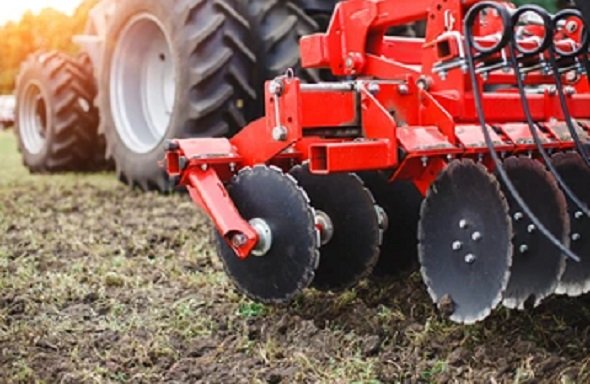Agriculture equipment market size to reach $295.3 B by 2030
The global agriculture equipment market is expected to grow from $163.4 billion in 2021 to $295.3 billion by 2030, at a CAGR of 6.8 per cent during the forecast period 2022-2030
As per the report published by The Brainy Insights, the global agriculture equipment market is expected to grow from $163.4 billion in 2021 to $295.3 billion by 2030, at a CAGR of 6.8 per cent during the forecast period 2022-2030.
Agriculture equipment is a must for farming these days as there is a shortage of labour and the labour-intensive works from land development to harvesting and threshing need to be done by machinery.
One of the major restraints of the agriculture equipment market is the lack of skilled labour for operating the technologically advanced equipment. Several farmers are reluctant on purchasing these equipment as they don’t have the proper skill for using this equipment. This is restraining the growth of the market.
There are several organisations and government bodies which are providing loan to farmers at low-interest rates or at no interest rates which is an opportunity for the growth of the market. The outbreak of the Covid-19 pandemic affected the market growth as several manufacturing units shut down which resulted in a shortage of raw materials and components and delayed production of the agriculture equipment.
The global agriculture equipment market is expected



